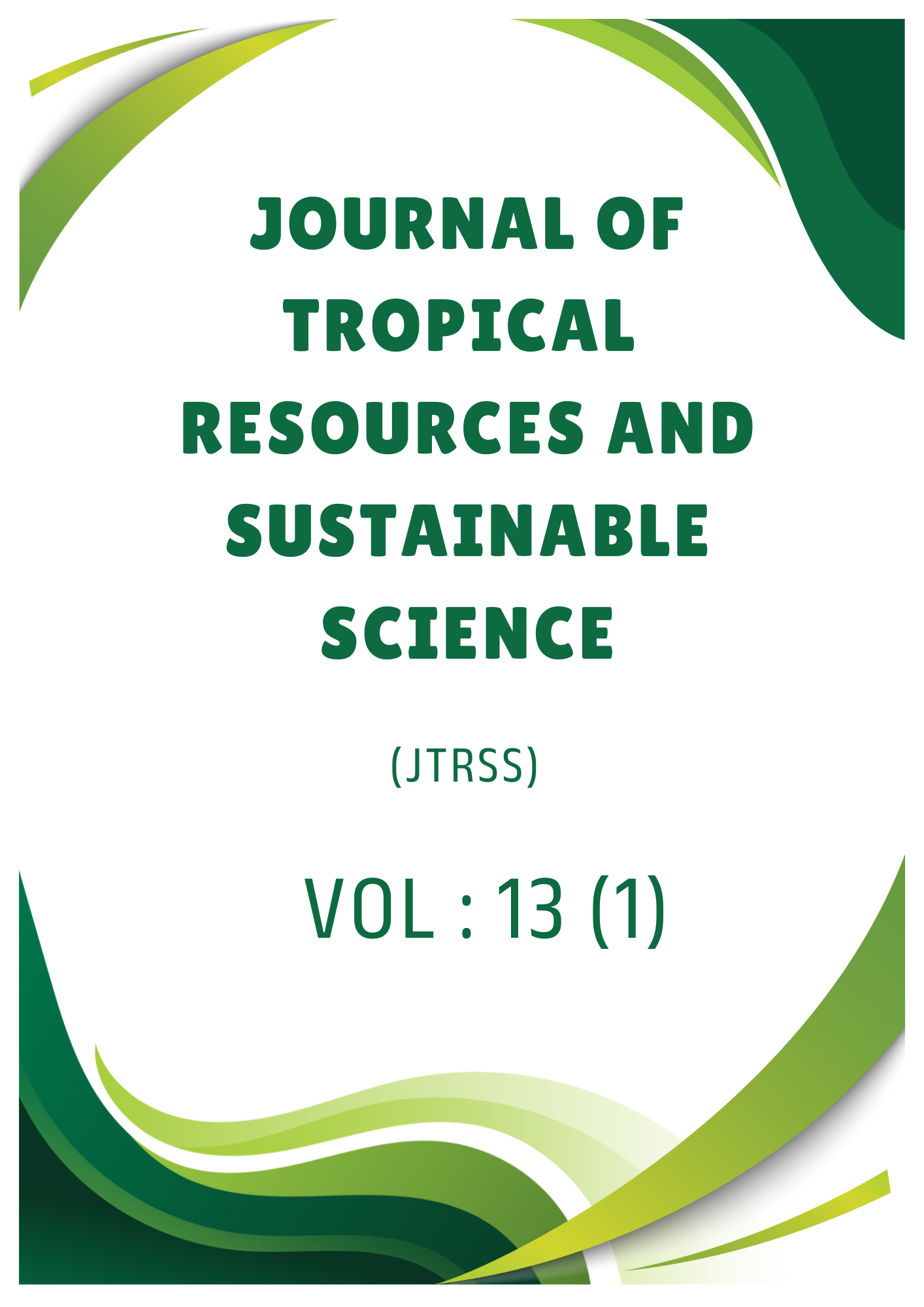Advances in Ecological Modeling: Tools, Approaches, and Future Perspectives
DOI:
https://doi.org/10.47253/jtrss.v13i1.1429Keywords:
ecological modeling, environmental management, model types, model approaches, integrated/hybrid modelsAbstract
An ecological model serves as a simplified representation of a real-world system, aiming to capture our current understanding of its functioning through the use of mathematical relationships, computer code, and rules. Ecological modeling gained remarkable popularity as a tool in environmental management during the 1970s. Over time, various tools and approaches for ecological modeling have been invented and developed. Ecological models play a crucial role in supporting environmental decision-making by predicting ecological consequences and helping achieve societal objectives. This paper aims to review recent model types, approaches, and tools used by ecologists by consolidating peer-reviewed research articles published from 1984 to 2023. The results revealed that researchers employ unique model types to address specific ecosystem situations. These model types include dynamic, population dynamic, static, structurally dynamic, artificial neural networks, fuzzy, individual-based, and cellular automata, ecotoxicological, spatial, stochastic, and hybrid/integrated models. Each model has limitations in its application and is suitable for specific situations. However, integrated/hybrid models are recommended as they combine multiple model types, enhancing their effectiveness. Different model approaches such as Ecopath, Ecosim, Ecospace, Ecotroph, and Ecopath with Ecosim are utilized for modeling ecosystems and predicting outcomes amidst disturbances caused by anthropogenic factors, fishing impacts, and climate change. These model approaches greatly contribute to our understanding of ecosystems. However, despite the variety of methods available, authors still encounter challenges when using these methods, leading to the evolution and refinement of additional approaches and tools that will continue to emerge in the future.







